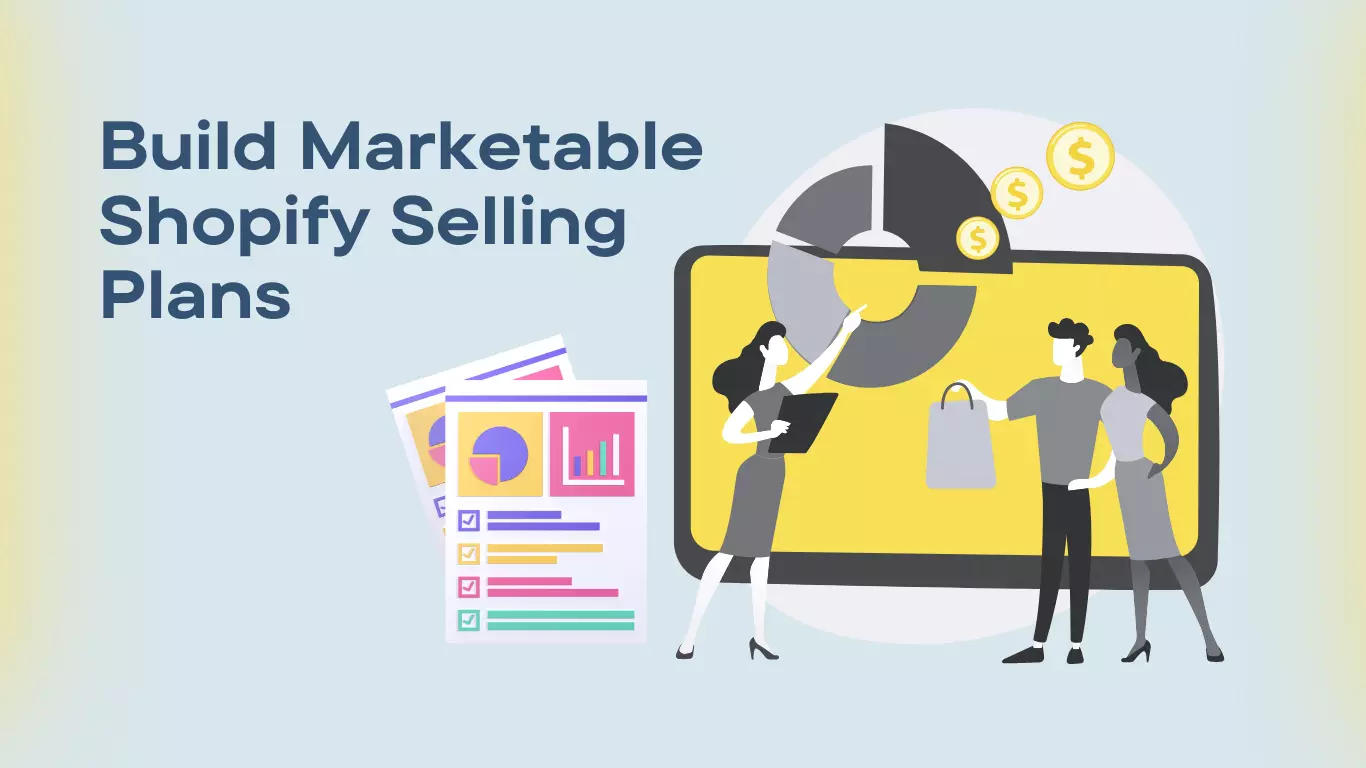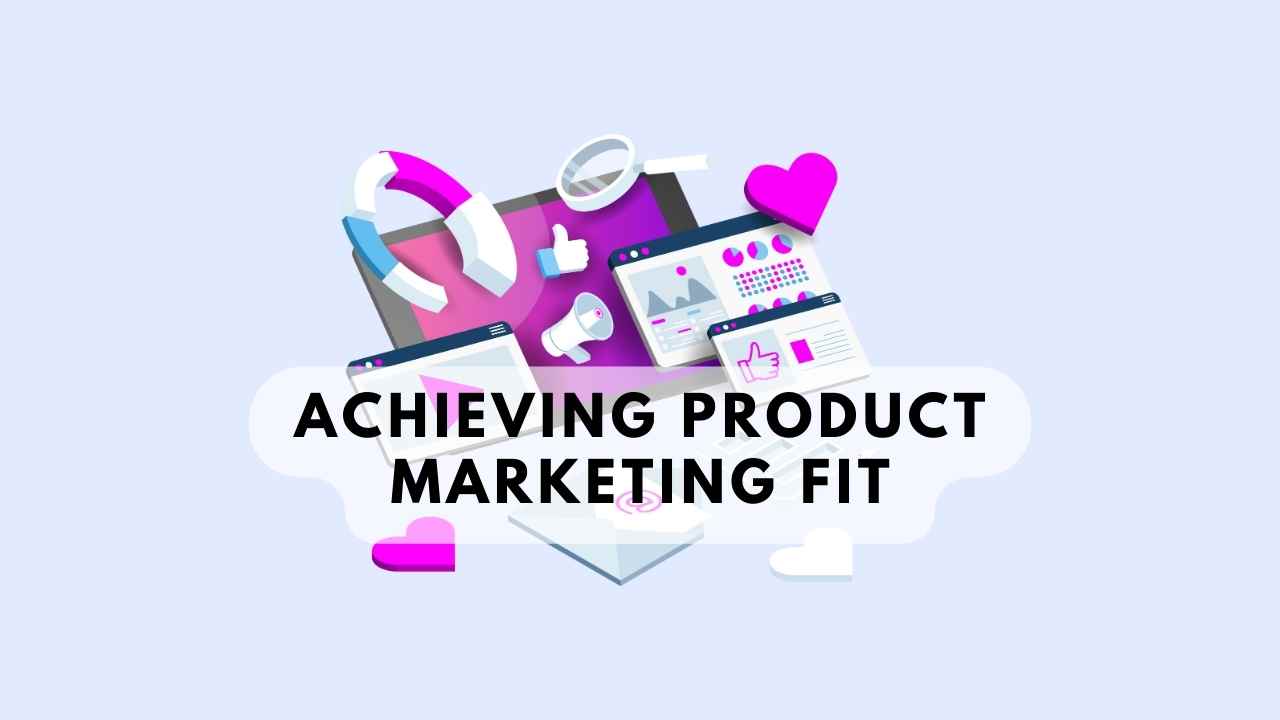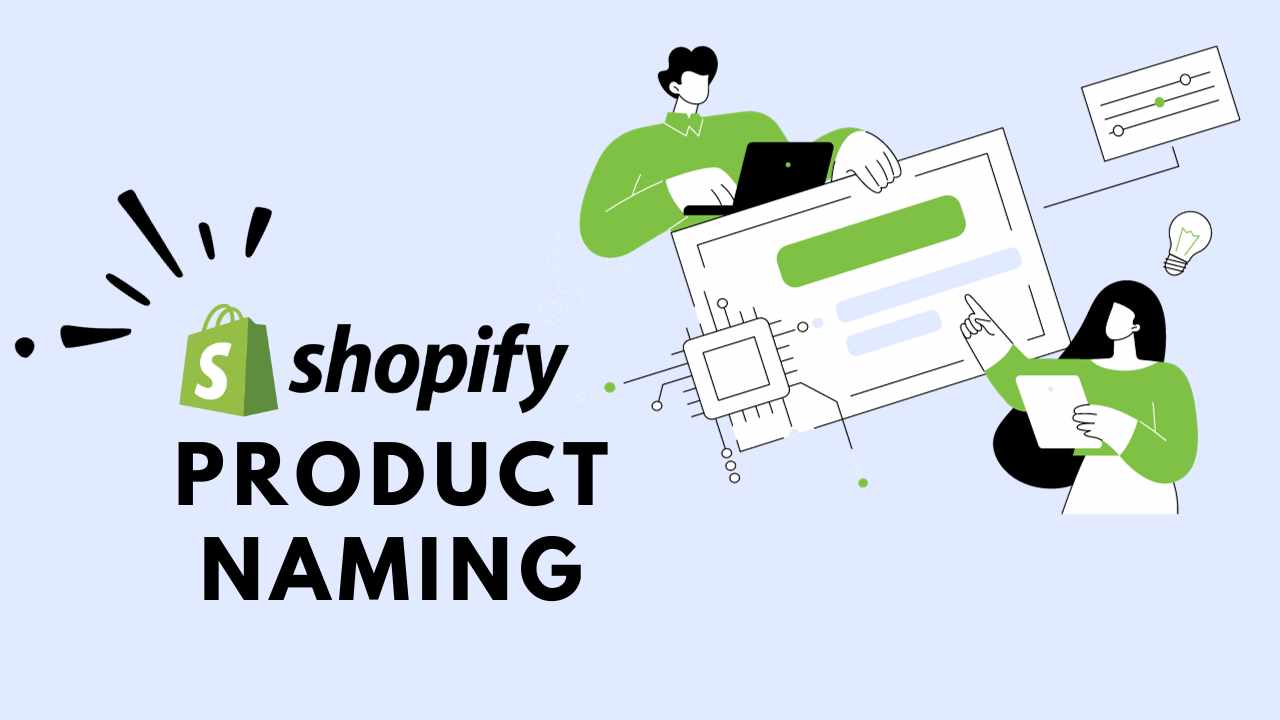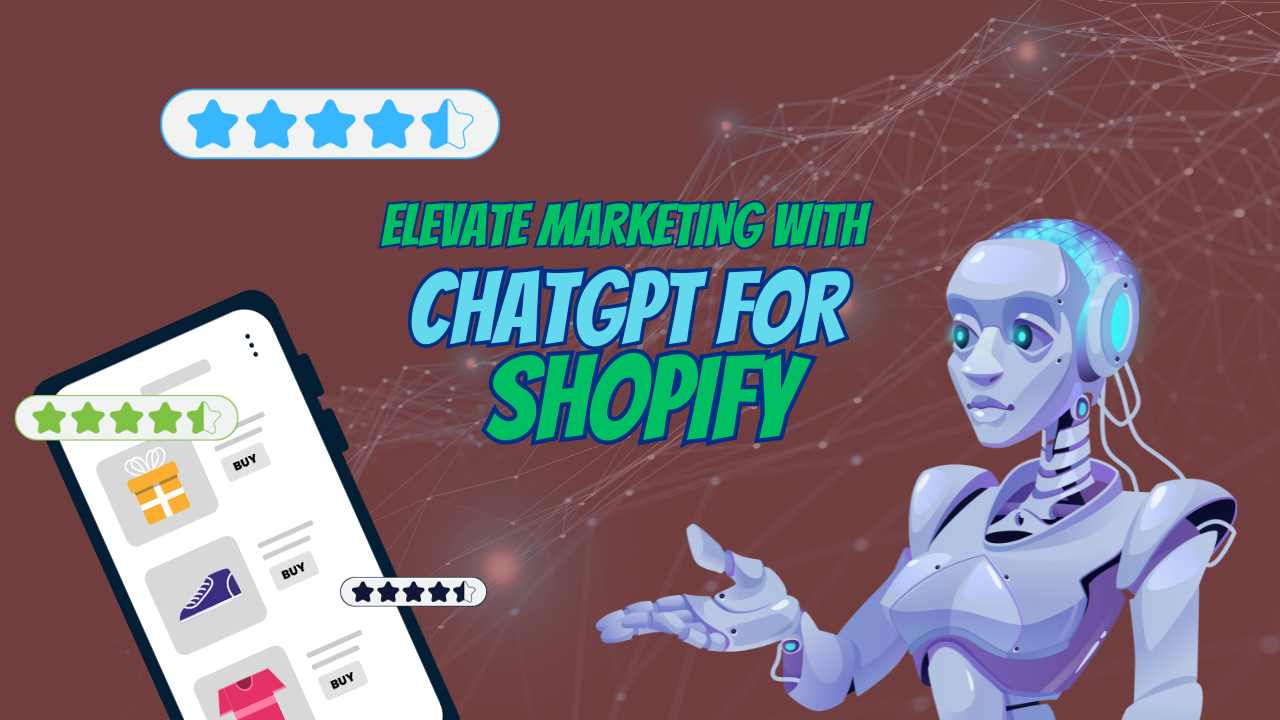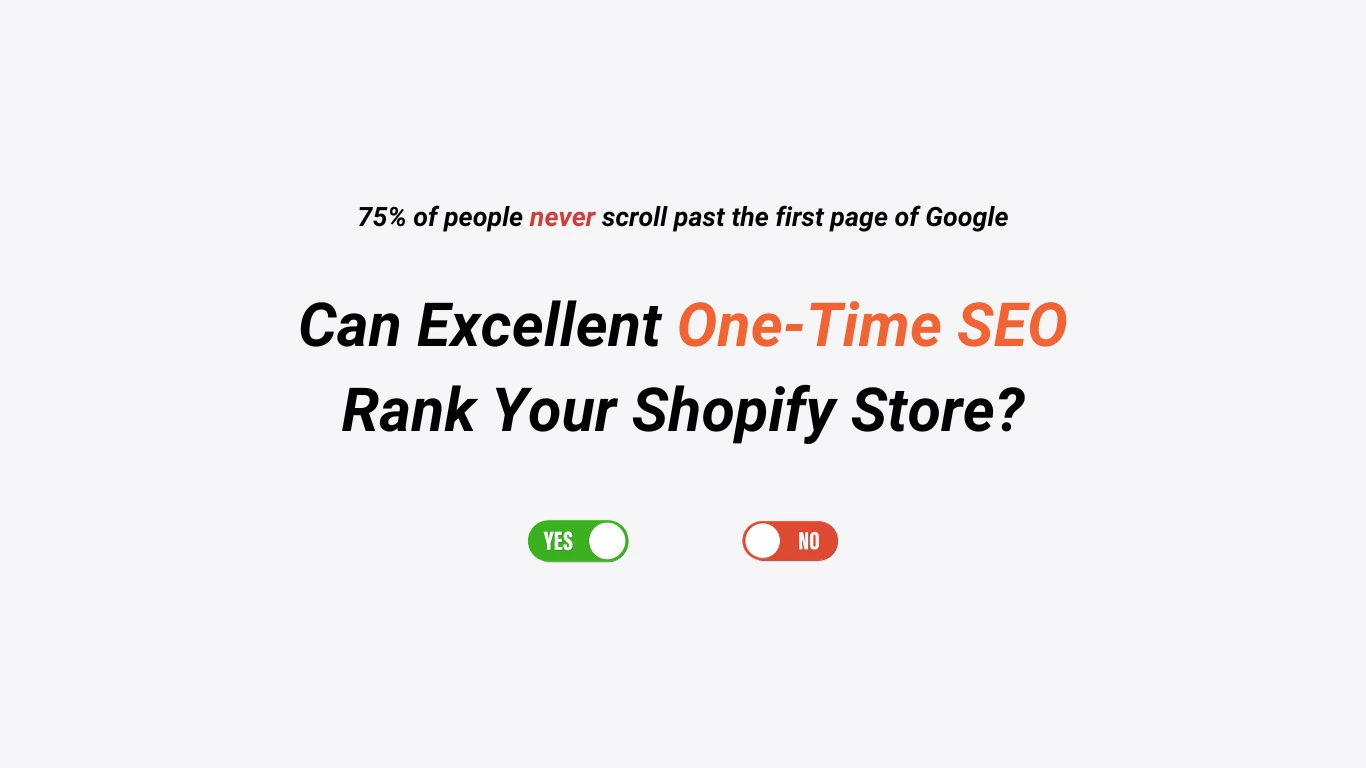Life is too short to sell something on Shopify that nobody even wants.
Conducting a fake door experiment is a good starting point for Shopify Merchants. This experiment is a product viability study that helps in building a robust Shopify Selling Plan. It works for both new Shopify businesses and the ones that have been in the market for quite some time.
After all, the first rule of entrepreneurship is to create something valuable that has a market demand.
As a Shopify Business owner, you know this better than anyone.
Building a Shopify Selling Plan, are you?
This guide will give you a 360-degree outlook on Fake Door Testing for your Shopify Website. We’re discussing how it helps businesses save finances on production and the best strategies. So let’s jump right into it.
Creating A Shopify Selling Plan That Sells
Building a Shopify Selling Plan calls for identifying an opportunity or a problem that has not been adequately addressed (yet.) It could be a special type of sweatpants, food dispenser tables, or delectable couture donuts.
Then comes the blueprint of selling plans and strategies.
You may already have a Shopify Selling Plan in mind. However, conducting a fake door experiment takes your research and development a notch up higher. It’s a must-do before building your Shopify product lines or services.
But first, let’s discuss why we need it.
What is a Shopify Selling Plan?
A Shopify Selling Plan is a roadmap outlining your strategies for selling your products.
It helps you define your Shopify target market, identify unique selling propositions (USPs), and plan marketing tactics. These plans are the baseline for planning how the products will be sold. The Shopify Selling Plan for one product may be different from the other.
This is done by building various plan groups.
What are Shopify Selling Plan Groups?
Shopify Selling Plan Groups are created to denote purchase options and selling methods. A Shopify Store can have many selling plan groups depending on the services and products sold. For instance, one group for Shopify newsletters, monthly magazines, and subscription products. The revenue from the Subscription Selling Plans was an estimated $376.3 Million in the 2022 Third Quarter Shopify Reports.
This growth could only happened due to the monthly recurring revenue from subscription plans on storefronts. Besides Subscription Plans, a separate group can be created just for the Shopify Product Plans as well.
- Shopify Selling Plans by Product
These plans are based on products that do not offer many different variations in color, customization, etc.
- Shopify Selling Plans by Product Variations
These plans are based on different product variant types of the same product that offers a different design, size, feature, or model.
What are the various Shopify Selling Plan Groups?
Shopify Selling Plans depend on the type of product being sold. There are different policies for billing, delivery, inventory, and privacy for each Shopify Selling Plan Group.
Here are some of the most popular Shopify Selling Plan Groups.
#1: Subscribe & Save Plan
This plan offers customers the option to subscribe and save the product. This is usually for an automatic monthly or quarterly product order placement.
#2: Prepaid Subscription Plan
The subscription plan options are best suited for buyers who are interested in regular use of services for a said duration of time.
#3: Pay Per Delivery Selling Plan
This Shopify selling plan allows customers to pay for the number of items purchased at one time.
#4: Monthly Selling Plan
The monthly selling plan offers products or services purchased for the whole month.
#5: Weekly Selling Plan
The weekly selling plan offers products or services purchased for seven days only..
How is a Shopify Product different from Shopify Product Variant?
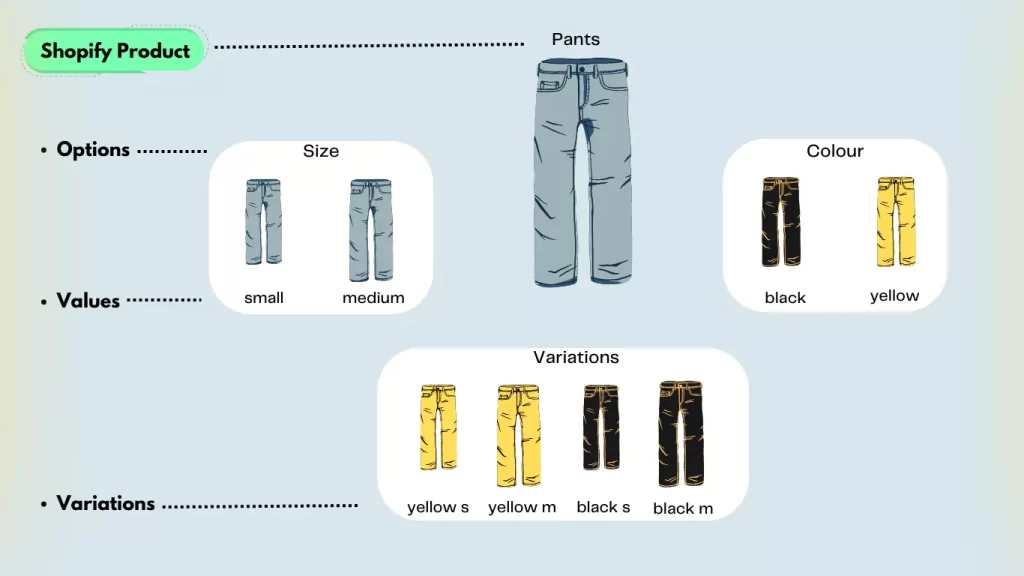
The only difference between a Shopify Product and a Shopify Product Variant is the difference in customization options. Shopify Product is standard, while Shopify Product Variant may have other options for the same product.
Take a look at the illustration above.
Suppose a clothing storefront sells Pants, it is one of the Shopify Products on the store.
Now keep it as a base product. The same Shopify Product (pants) can have multiple options in sizes and colors. These options can have different values for small, medium or large.
Thus, the final combinations from these options are considered as Shopify Product Variants.
They give your buyers different options to personalize their product purchase.
Another example can be a plush toy for kids. These toys come in many different color options, sizes, and other customizations. Such product options will be the Shopify Product Variant options.
A Strategy to Understand Customer Behavior
Successful entrepreneurship requires a willingness to take risks, learn from failures, and continually adapt. This is where the Fake Door Testing comes into play. This strategy helps you evolve in response to changing market conditions and customer needs.
It is a testing strategy that helps you alter your Shopify Selling Plan to perfection.
It gives you a better understanding of whether your product/ service has potential before investing significant time and resources in development. Additionally, it helps you fine-tune your marketing strategy and optimize your Shopify Selling Plan to increase the likelihood of success.
It’s a win-win!
Shopify Fake Door Experiment Strategies
The Shopify Fake Door Experiment allows you to see how your Shopify Target Market will react to the products or services. What products are they going to like? Will they be willing to pay 100$ for the product? Would they prefer a subscription model instead? What product developments can I make to meet their needs?
All these questions get answered.
The primary advantage of using Fake Door Testing is saving up a lot of finances on product development and gaining insights.
Let’s dig deeper into more practical strategies.
Strategy 1: The Landing Page Test
The landing page test in the fake door experiment is one of the most opted for understanding the scope analysis. For this, make an easy-to-navigate landing page that details your product or service. Include a prominent “Buy Now” button on the page like you would regularly do.
Here’s the catch.
Instead of enabling them to purchase, redirect them to a page stating that the product or service is not yet available.
Then offer the visitors an email sign-up to be alerted when it is.
Based on this interaction, you may evaluate client interest in your product. For instance, in this case, counting the number of sign-ups will help in understanding the market demand for
Strategy 2: Shopify Ad Testing for Products
Gaining a lot of customer information through Shopify Ads is a marketable strategy. It involves creating a Google AdWords campaign that promotes your product or service. However, instead of linking to a product page, direct users to a landing page that says:
“the product is not yet available”
This will indicate that the product is still in the making.
It is very important to phrase the message well. The last thing a business needs is disappointed customers. This will help you measure the click-through rate (CTR) of your ad. This will tell you the level of interest in your product from the Shopify target audience.
Strategy 3: Shopify Selling Plan Pricing Test
Create a pricing page that lists different price points for your product or service. Now just track which pricing options are clicked on the most. This helps businesses to understand which price point is most appealing to potential customers.
On the basis of this data, you can finalize your Shopify Selling Plan.
Strategy 4: Shopify Email Test
Create an email campaign that promotes your product or service.
Instead of linking to a product page, link to a landing page that says the product is not yet available. This will help you measure the open rate and click-through rate of your email campaign, as well as the level of interest in your product.
We recommend these four strategies to businesses that want to build a viable Shopify Selling Plan after testing and research.
Conclusion
Building a viable Shopify Selling Plan suitable for your Shopify Store takes a lot of research.
It requires creativity, innovation, and strategic thinking to come up with a concept that is both practical and profitable. The fake door testing method will help you understand what your Shopify Target Market actually wants.
Shopify SEO Consultant helps businesses build a robust selling plan that attracts customers better.
Get in touch with us if you want all of your Shopify SEO needs to be met at one place.
For more Shopify Sales Boosting Tactics, check out our Shopify Best Practices to Boost Conversions.

